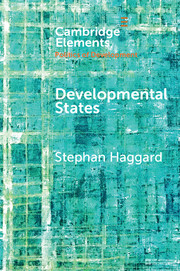Element contents
Developmental States
Published online by Cambridge University Press: 06 February 2018
Summary
- Type
- Element
- Information
- Online ISBN: 9781108552738Publisher: Cambridge University PressPrint publication: 08 February 2018
References
- 114
- Cited by



